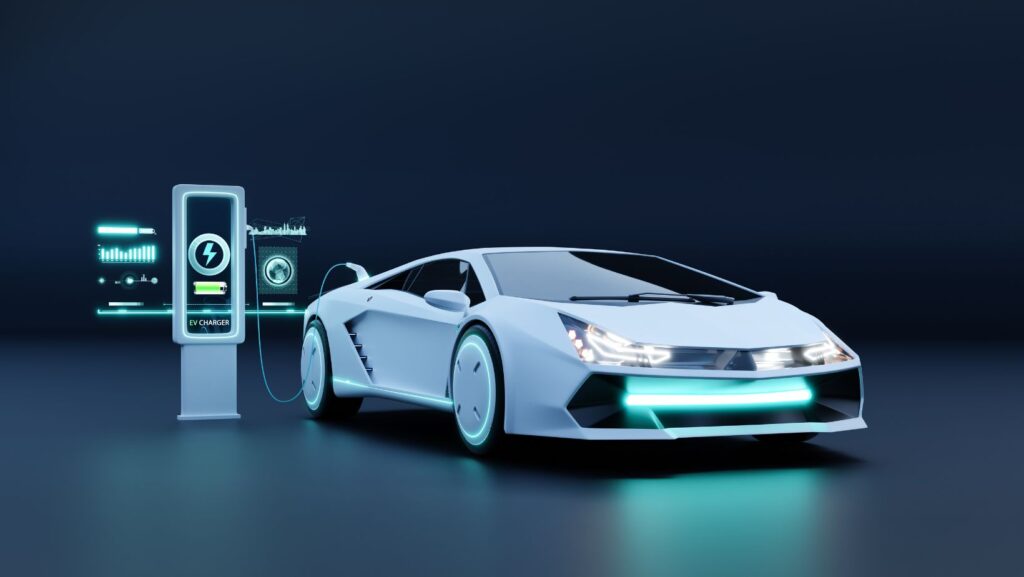As electric vehicles (EVs) continue to gain popularity, finding convenient and accessible charging stations has become a crucial need for drivers. Electric car charging apps have stepped in to make the EV experience smoother by providing real-time data on charging stations, payment options, and even trip planning. These Online Application not only help ease range anxiety but also enhance the overall efficiency and convenience of EV ownership.
Why Electric Car Charging Apps Matter
One of the biggest concerns for EV drivers is “range anxiety”—the fear of running out of battery before reaching a charging station. Charging apps help alleviate this anxiety by offering a seamless way to locate nearby stations, check their availability, and plan trips that take charging needs into account. These apps provide an essential bridge between technology and user experience, helping EV owners navigate the charging infrastructure with ease.
In many regions, charging stations are scattered and managed by various operators, which can make finding the right one time-consuming. Charging apps integrate data from multiple networks, allowing drivers to search across different providers and filter based on charging speed, plug type, or location.
Key Features of Electric Car Charging Apps
- Station Locator: This is the most essential feature. Electric car charging apps like Bonnet offer detailed maps with the location of nearby stations, allowing drivers to select stations based on their needs. The apps typically display real-time data, including the number of available chargers, pricing, and the types of connectors supported.

- Real-Time Availability: One frustration for EV drivers is arriving at a charging station only to find all ports in use. Charging apps prevent this by providing real-time updates on station availability, ensuring drivers can find an open charger when they need it.
- Payment Integration: Many apps provide integrated payment systems, making it easier for drivers to pay for charging without needing multiple accounts or cards. This creates a more user-friendly experience, especially for those using different charging networks. For example, Bonnet consolidates charging fees from various networks into a single payment system.
- Trip Planning: To eliminate range anxiety on long journeys, many charging apps offer trip planning features. These allow users to input their destination and vehicle details, after which the app calculates the best route with strategically placed charging stops.
- Reviews and Ratings: Community-driven features allow users to leave feedback on charging stations. Drivers can share their experiences, offer tips on navigating the station, and report any issues. This helps other users make informed choices when selecting charging points.

- Subscription Models and Discounts: Some apps, such as Bonnet and Shell Recharge, offer subscription plans or discount pricing for frequent users. These models provide lower per-kWh rates, which can make regular charging more affordable.
The Future of Charging Apps
As EV adoption continues to rise, electric car charging apps will evolve alongside advancements in charging infrastructure. One of the biggest opportunities lies in creating an even more interconnected ecosystem of stations, offering more consistent charging speeds, and integrating renewable energy sources. Apps are likely to expand their functionality to include predictive analytics for charging needs based on driver habits or local traffic conditions.
Conclusion
Electric car charging apps have become indispensable tools for EV drivers, making it easier to find, use, and pay for charging stations. By offering features like real-time availability, integrated payment options, and trip planning, these apps are crucial in reducing range anxiety and improving the overall driving experience. With more innovations in the pipeline, these apps will only grow in importance as the world shifts toward sustainable transportation.
